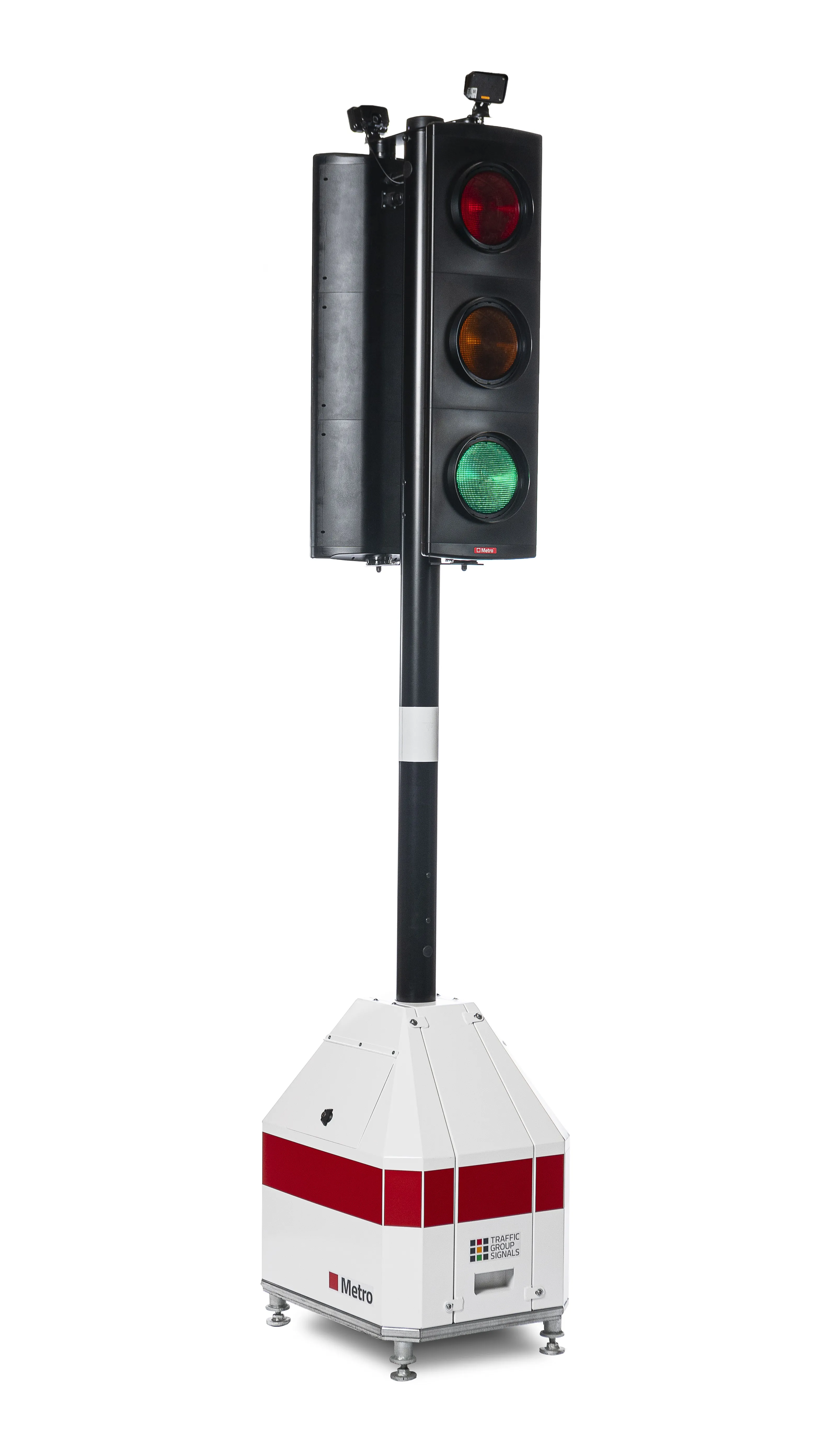
Red light running is dangerous, but people still do it. As
Wavetronix is highlighting on its booth here at ITS America Detroit, that it is possible to help drivers pass through intersections more safely and keep them from running red lights without affecting efficiency. The company’s SmartSensor Advance has the ability to provide dilemma zone protection for each vehicle.
The system decreases red light running by holding the green for vehicles detected in a dilemma zone. This dilemma zone protection is based on the precisely calculated estimated time of arrival of each vehicle at the stop bar. This is determined by continuously tracking the speed and range of each vehicle as it approaches an intersection. At the same time, Advance identifies safe gaps in traffic to determine the safest time to terminate the green light, allowing the signal phase to “gap out” instead of “max out” improves safety while also maximising efficiency.
This technology is currently being used at intersections throughout the US. Whether a driver is fast and aggressive or slow and defensive, SmartSensor Advance provides the appropriate level of dilemma zone protection and alters the signal phase to accommodate them safely and efficiently.
Booth 318










